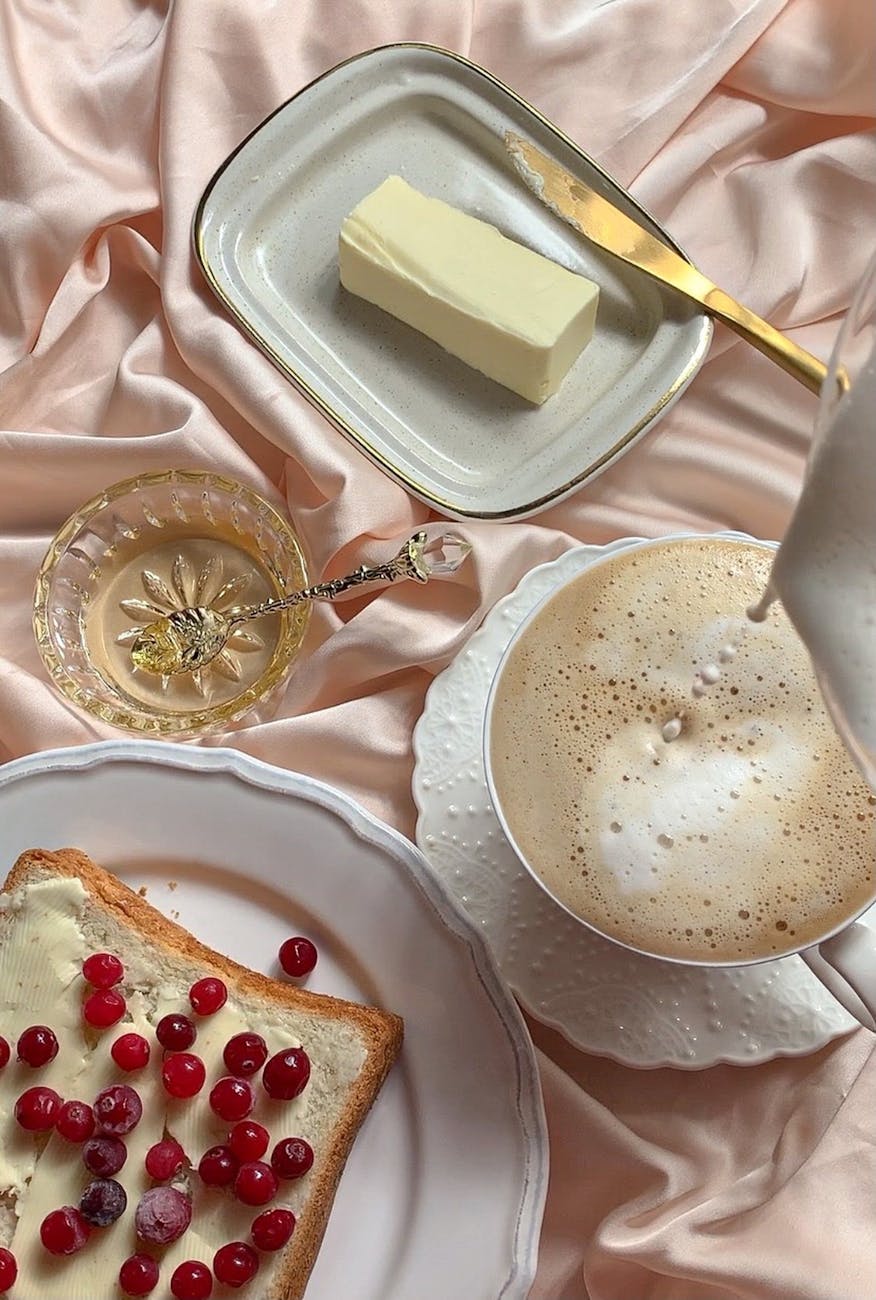Demystifying Cooking Measurements
Cooking ain’t just about tossing bits into a pot and hoping for magic—nailing those measurements is what separates a masterpiece from a flop. The way you scale your ingredients influences your meal’s look, feel, and taste. Get to know your teaspoons from your tablespoons, and you’ll be on your way to mastering the mighty art of kitchen wizardry, whether you’re just beginning or have been at it like a pro.
Why You Gotta Measure Right
Think of precision as the backbone of a good dish. Ever tried to bake a cake that flopped or a stew that seemed off? Maybe the problem wasn’t the recipe but the execution. The secret to tasty concoctions lies not just in mixing but in measuring. Proper portioning gives you control over every bite, from taste to texture to nutrition. If you want your macarons as fluffy as clouds, or your stew hearty and savory, keep your measures in check.
Before you whip out a new dish, it’s wise to familiarize yourself with the usual suspects in the kitchen tool lineup. Say hello to teaspoons, tablespoons, cups, and grams. They might sound basic, but they’re your biggest allies in culinary exploration. Switching from one to another is no rocket science, and mastering them opens up a whole universe of recipes.
Wanna impress your friends with a feast or just avoid another pasta disaster? Get cozy with those measuring cups. The difference between a tablespoon and a teaspoon may seem small, but it’s the golden rule between a dish being ‘meh’ or magnificent.
Understanding Those Pesky Units
Every measurement unit in cooking has its own jam, doing its thing where it’s most needed. Let’s break down a few of these kitchen superheroes:
| Unit of Measurement | Abbreviation | Best For |
|---|---|---|
| Teaspoon | tsp | Little bits like spices or vanilla extract |
| Tablespoon | Tbsp | Bigger quantities, like oils or sauces |
| Cup | C | Goes for liquids or bulk dry stuff like flour |
| Gram | g | Weighing solid ingredients like butter or chunks of meat |
Get a grip on these, and you’re in for a smooth ride through any cookbook. Knowing how these units interconnect not only helps you stick the landing but also frees you to try new things without the fear of a culinary train-wreck. Unravel the mystery of measurements, and let it be your ticket to cookin’ up a storm or at least dodging a kitchen disaster. We’ve got more juicy tips lined up for ya, so hang tight and keep that apron ready.
Grams in a Cup of Butter
Converting Cups to Grams
Cooking and baking are like science experiments, only with way more tasty results. Getting those measurements spot-on is the secret ingredient to success. Now, if you’re scratching your head over cups-to-grams translations, we’ve got you covered with this nifty table:
| Ingredient | Cups | Grams |
|---|---|---|
| Butter | 1 cup | 227 grams |
| Flour | 1 cup | 125 grams |
| Sugar | 1 cup | 200 grams |
| Milk | 1 cup | 240 grams |
| Water | 1 cup | 240 grams |
How Many Grams of Butter in a Cup?
If you’ve ever paused in your buttery exploits to wonder how they stack up against grams, here’s the lowdown: 227 grams per cup of butter. This can save the day when a recipe throws grams your way instead of good old cups. Armed with this conversion, you can glide through your kitchen escapades with the grace of a master chef.
Butter doesn’t just add flavor—it contributes to the magic in pastries, sauces, and more. The right amount, measured precisely, can make a world of difference. Whether you’re aiming to whisk up something sweet or whip up something savory, knowing your butter grams is like having a culinary superpower.
Check out our cooking measurements guide for more tips. Sharpen those measuring skills, and you’ve got the recipe for culinary greatness.





